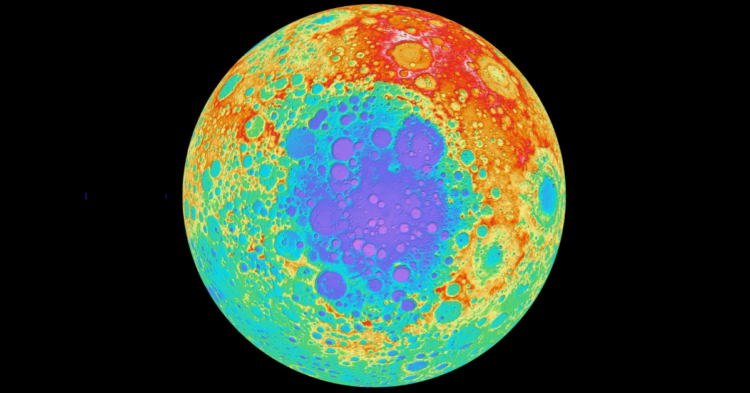I don’t have a more academic way to phrase this: space is wild , man.
I’m definitely as close as you can get to being a solar system junkie without actually being catapulted into the void (though some days it seems like a great option).
Remember that poster we had in all our elementary school classrooms that was like “Shoot for the moon—even if you miss, you’ll land among the stars!”? I love that. I love those flippin’ flammin’ balls of fire.
We haven’t always been supportive of new discoveries.

I would like to take this moment to give a formal shout out to my homie, my pal, my true friend, the OG, the irreplaceable, the one, the only, Pluto .
Did I need to know that Pluto was, in fact, a dwarf planet instead of a “real” planet? Nope. I didn’t need that pain in my life. Ignorance is bliss in certain cases.
But in most cases, the progress we’ve made has been incredible.

The world collectively gasped when scientist Katie Bowman and her research team were able to capture the first ever photograph of the a black hole a couple of months ago.
Astronomy and Aerospace engineering are currently reaching heights that we never could’ve dreamed were possible.
NASA just made a recent discovery with the help of Arizona State University.

Recent elevation maps have revealed that the far side of our moon is home to what scientists can only describe as “a large excess of mass.”
The lump is dozens of miles beneath a 1,550-mile-wide impact crater called the South Pole-Aitken Basin , which we’re unable to see from Earth.
The moon’s got a gigantic mystery lump.

“Imagine taking a pile of metal five times larger than than the Big Island of Hawaii and burying it underground,” explained Baylor University geoscientist Peter B. James. “That’s roughly how much unexpected mass we detected.”
“Whatever formed the basin nearly 4 billion years ago remains a mystery.”

“When we combined that with lunar topography data from the Reconnaissance Orbiter, we discovered the unexpectedly large amount of mass hundreds of miles underneath the South Pole-Aitken basin,” James explained.
James suspects that the impact that created the crater may have left material that formed the lump.

“One of the explanations of this extra mass is that the metal from the asteroid that formed this crater is still embedded in the moon’s mantle.”
Scientists have a theory that the metal may have spread out gradually over time, making the lump so much larger than expected.
NASA will be investigating the area much more thoroughly.

There is so much that we still don’t know about our own moon , let alone the other planets and moons in our solar system.
For now, the moon still holds more secrets to be uncovered. She moves in mysterious ways!
h/t: Twitter

















































